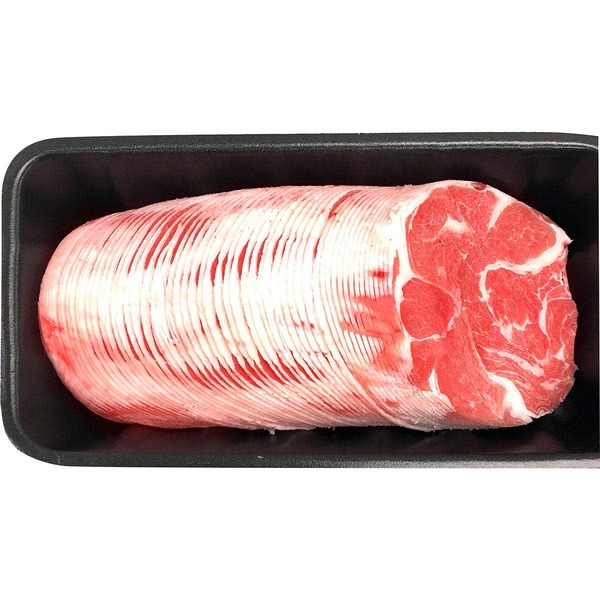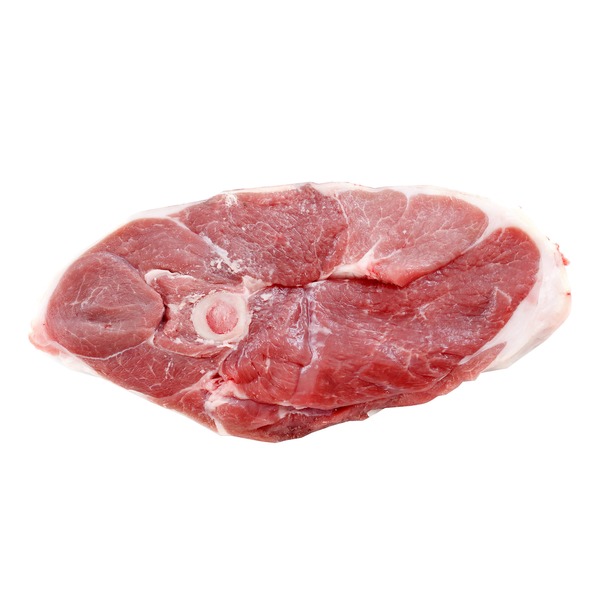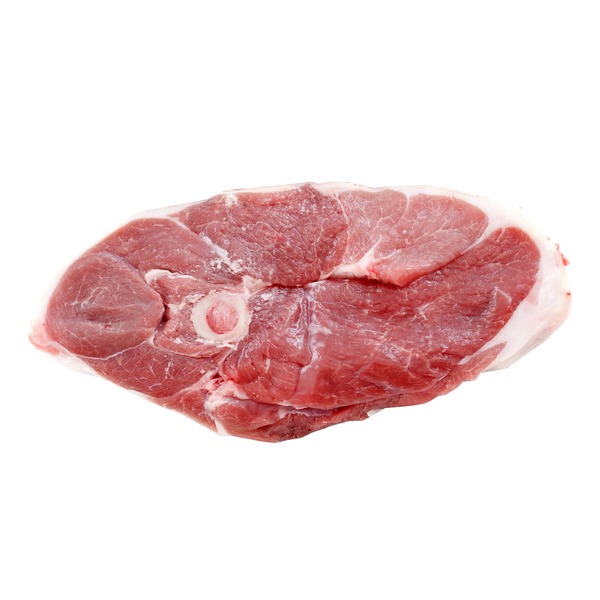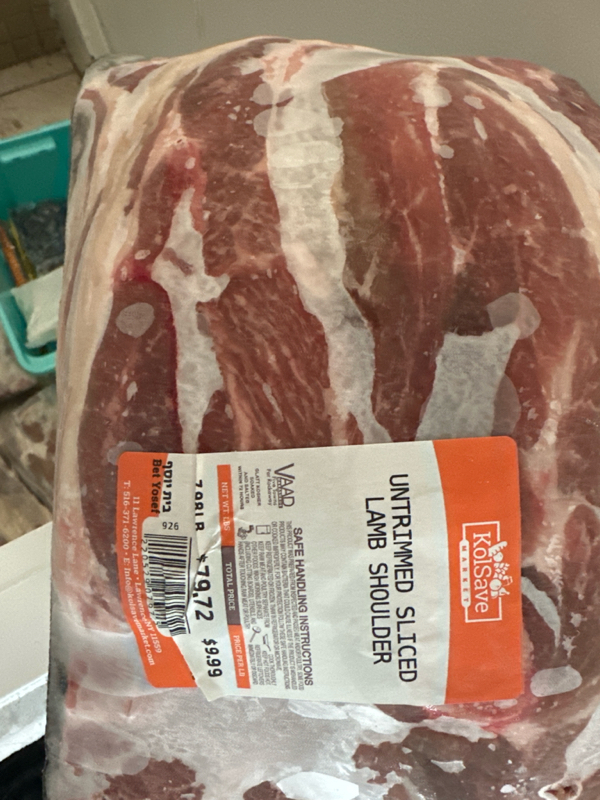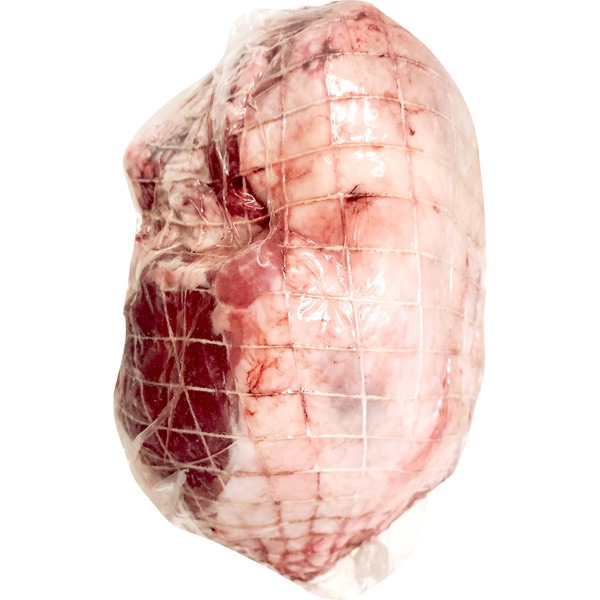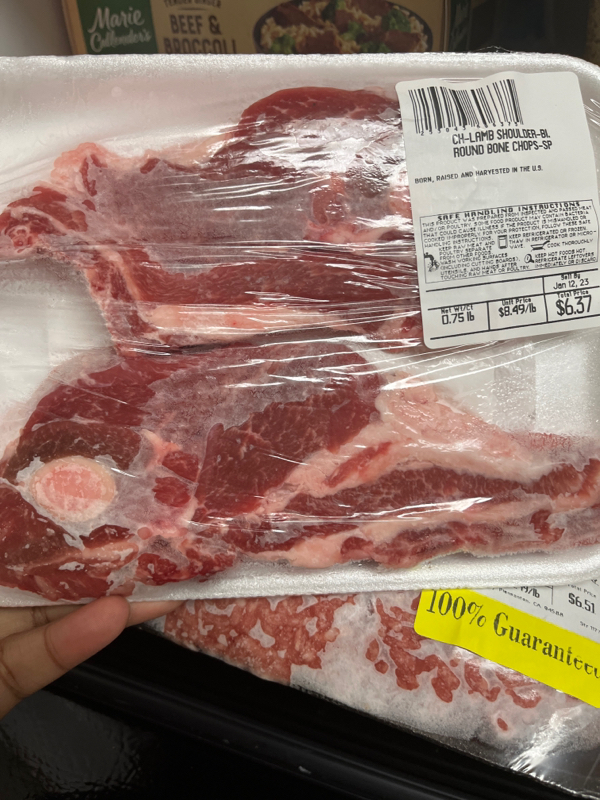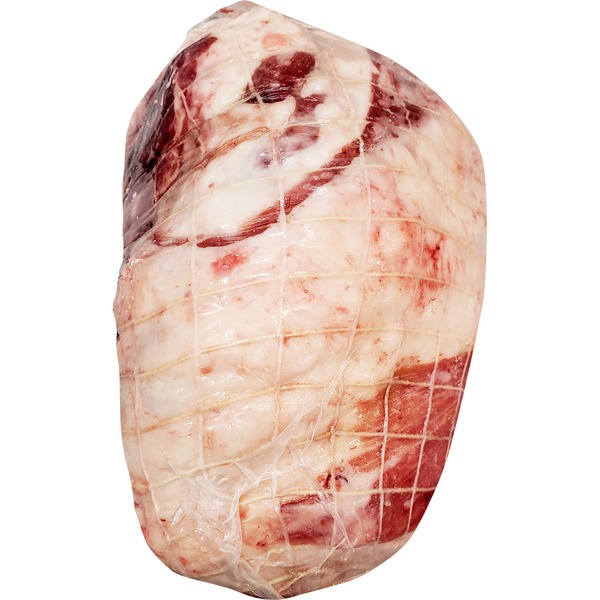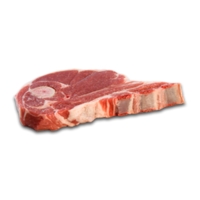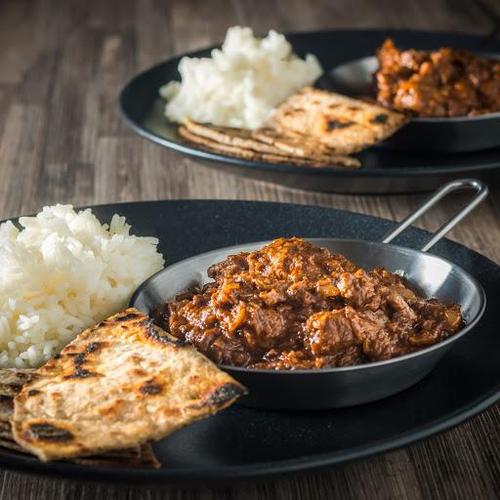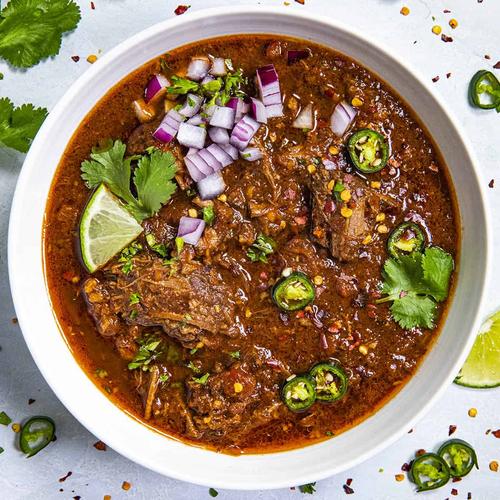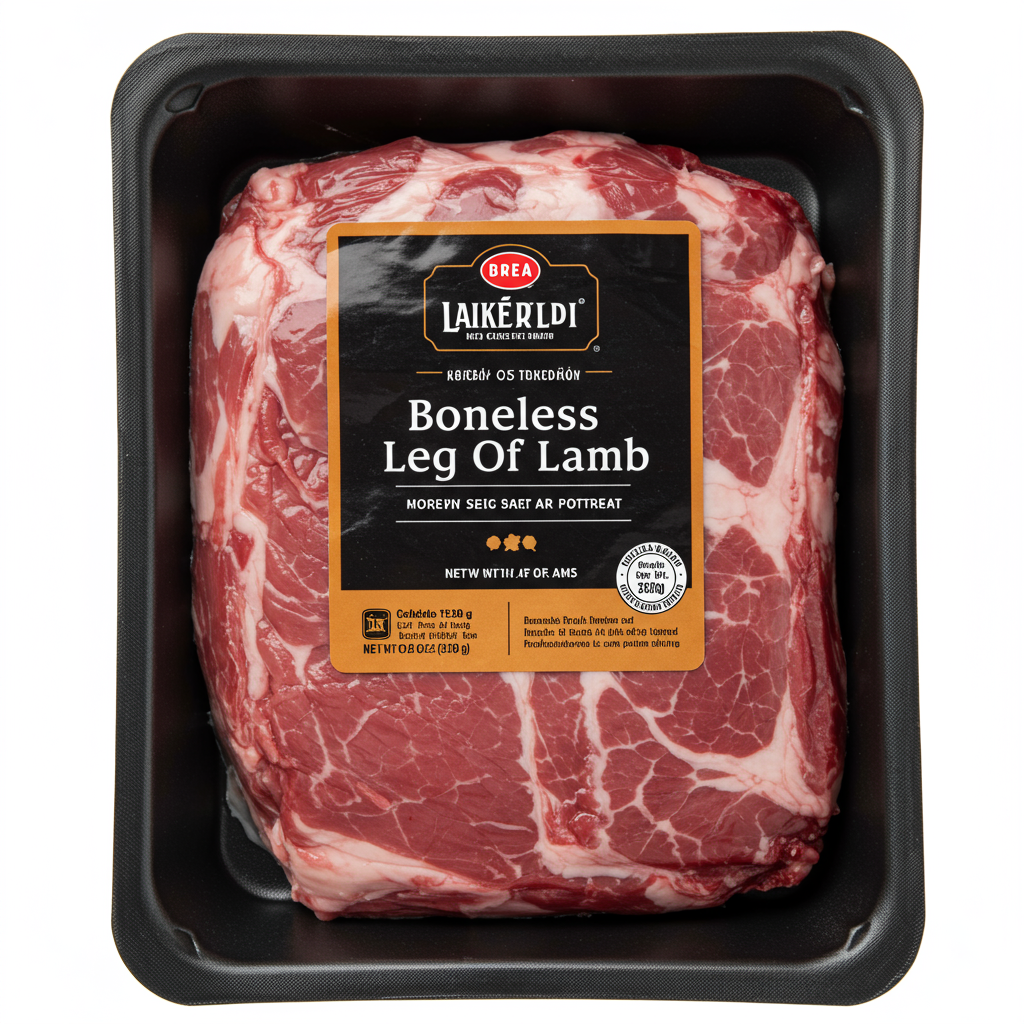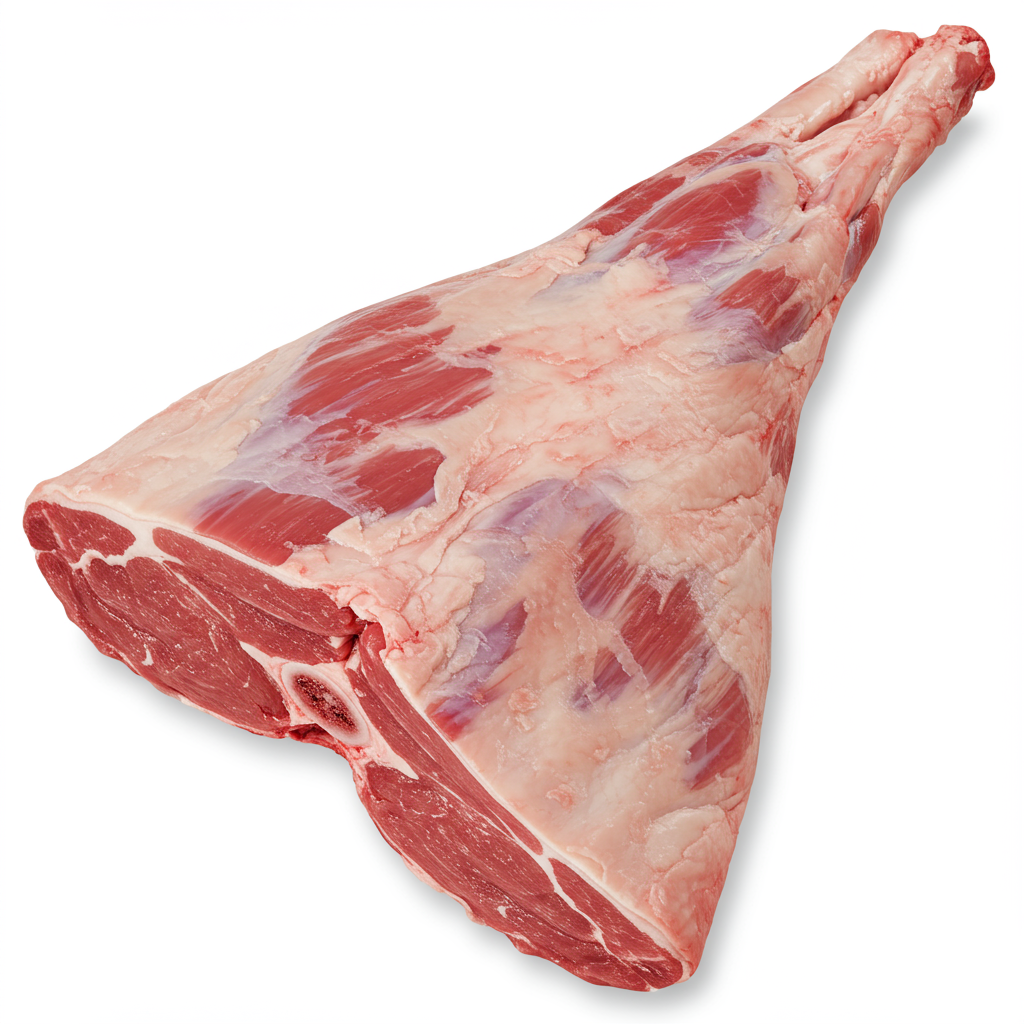MAIN DISHES
Lamb Shoulder
Lamb shoulder, an incredibly tender and flavorful cut of meat, is a popular choice for a variety of delicious dishes. The meat comes from the upper part of the lamb's front legs and contains a rich combination of lean meat, fat, and connective tissue. Due to its rich marbling, lamb shoulder is known for its succulent and juicy texture as well as its strong, distinct flavor that sets it apart from other cuts of lamb.
Lamb shoulder can be prepared in numerous ways, with slow cooking methods such as braising or roasting being the most popular to maximize tenderness and flavor. Common dishes featuring lamb shoulder include pot roasts, stews, and pulled lamb. With numerous options for seasoning and marinades, this versatile cut of meat lends itself well to a wide range of global cuisines, from Mediterranean to Middle Eastern and beyond.
0%
CARBS
30%
FAT
70%
PROTEIN
86 Lamb Shoulder Products
Used In 6 Recipes
Lamb Shoulder Is Frequently Used With
Lamb Shoulder FAQ
Lamb shoulder is a flavorful, tender part of the lamb, loaded with rich meat, fat and connective tissues providing it a unique, succulent flavor. This tender meat is appreciated in many gastronomic traditions across the globe and can be used in a multitude of dishes like pot roasts, stews, and pulled lamb. The secret to getting the most out of lamb shoulder lies in slow cooking. Over high heat, the exterior of the meat would char and become hard while the inside remains raw. This is one of the key areas where people go wrong when cooking lamb shoulder. Slow cooking allows the heat to penetrate gradually, rendering the fats and breaking down tough connective tissues, resulting in tender and juicy meat.
Equally important is the appropriate seasoning. Seasoning the meat well in advance can help bring out its flavor more intensely. A good marinade can also contribute to tenderizing the meat. A simple marinade could be a mix of olive oil, rosemary, garlic, salt, and pepper.
A lesser known trick when roasting lamb shoulder is to create a bed of vegetables, like potatoes or carrots, at the bottom of the roasting pan. These vegetables not only prevent the meat from burning at the bottom but they also absorb the flavorful juices that drip from the meat, turning into a delicious side dish.
How do I make sure the lamb shoulder is tender and juicy?
How much lamb shoulder should I buy per person?
What are the best spices to use when cooking lamb shoulder?
Should I sear lamb shoulder before slow-cooking?
Should I marinade lamb shoulder?
How long should I cook lamb shoulder?
How do I know when my lamb shoulder is cooked?
Are there any quick ways to cook lamb shoulder?
My lamb shoulder is tough. What went wrong?
What temperature should I cook lamb shoulder?
Expiration & Storage Tips
When does lamb shoulder expire?
Unopened lamb shoulder can last for up to 3-5 days in the refrigerator past the sell-by date printed on the package. If it's frozen, it can hold its quality for about 6-9 months. Once it has been opened or if it's homemade, aim to consume it within 3-4 days for utmost safety and quality. If you've cooked your lamb shoulder and have leftovers, they should also be consumed within 3-4 days.
How do you tell if lamb shoulder is bad?
The easiest way to tell if lamb shoulder has gone bad is by its smell and appearance. Fresh lamb shoulder has a mild, meaty smell. If the lamb shoulder smells off or unpleasant, it's likely gone bad. Similarly, the color should be vibrant red. If it's turning brown or gray, it lacks freshness. You can also feel the meat – if it's slimy or sticky, it's time to toss it.
Tips for storing lamb shoulder to extend shelf life
• Always store lamb shoulder in the coldest part of your refrigerator.
• For extended storage, freeze lamb shoulder. Wrap it tightly in plastic wrap and then in aluminum foil to prevent freezer burn.
• If you'll be using it within a few days, store it in a dish at the bottom of your fridge to prevent any juices from contaminating other foods.
• Remember to thaw frozen lamb shoulder in the refrigerator, not at room temperature. For quick thawing, you can use the defrost setting on your microwave, just be sure to cook it immediately after to prevent bacterial growth.
• Cooked lamb shoulder should be cooled quickly and placed in the fridge within 2 hours.
EXPIRES WITHIN
6 - 21
DAYS
Health Info
Macros
0g
CARBS
7g
FAT
16g
PROTEIN
Allowed on these diets
LOW FAT
HIGH CALCIUM
KETO
PALEO
WHOLE 30
MEDITERRANEAN
LOW CARB
LACTOSE FREE
GLUTEN FREE

